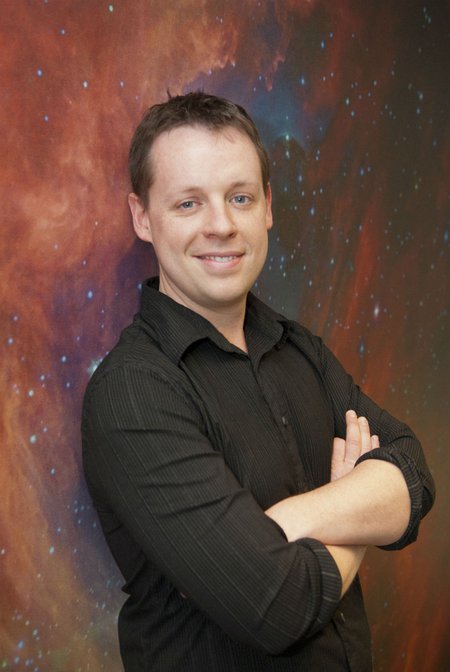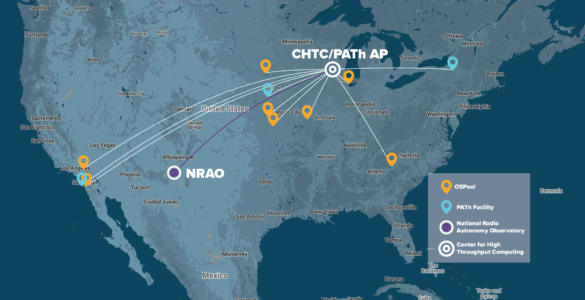The National Radio Astronomy Observatory (NRAO) congratulates the four astronomers honored by the Breakthrough Prize Foundation which awarded them the 2022 New Horizons in Physics Prize. Alessandra Corsi of Texas Tech University; Gregg Hallinan and Mansi Manoj Kasliwal, both of Caltech; and Raffaella Margutti of the University of California, Berkeley, were recognized for “leadership in laying foundations for electromagnetic observations of sources of gravitational waves, and leadership in extracting rich information from the first observed collision of two neutron stars.”
The researchers made landmark observations of the merger of two neutron stars in August of 2017 and the lengthy aftermath of that merger. The event generated gravitational waves that were directly detected by the LIGO and VIRGO gravitational-wave observatories. When the event later was seen emitting gamma rays, X-rays, visible light, and radio waves, it became the first astronomical event ever seen with both gravitational waves and electromagnetic waves.
The prize winners used the National Science Foundation’s Karl G. Jansky Very Large Array (VLA) and Very Long Baseline Array (VLBA) to study the aftermath of the merger for months afterward, yielding key information about the nature and consequences of the collision.
“This was a watershed in astrophysics, and NRAO’s radio telescopes were vital tools for unraveling the workings of this exciting event. We are very happy to see our scientific colleagues who made expert use of the VLA and the VLBA in that effort gain this well-deserved recognition,” said NRAO Director Tony Beasley.
“Events such as this neutron star merger are at the frontier of physics, where we can gain valuable insights available in no other way. We are proud that the VLA and VLBA contribute to this research, and look forward to providing the vastly improved capabilities of the Next Generation Very Large Array (ngVLA) to work that is so important to our understanding of the Universe,” Beasley added.
The National Radio Astronomy Observatory is a facility of the National Science Foundation, operated under cooperative agreement by Associated Universities, Inc.
###
Over the course of more than a year, NRAO reported on the results of research on the neutron-star merger event.
Radio “Eyes” Unlocking Secrets of Neutron-Star Collision, 16 October 2017.
Radio Observations Point to Likely Explanation for Neutron-Star Merger Phenomena, 20 December 2017.
Radio Observations Confirm Superfast Jet of Material From Neutron Star Merger, 4 September 2018.
###





















